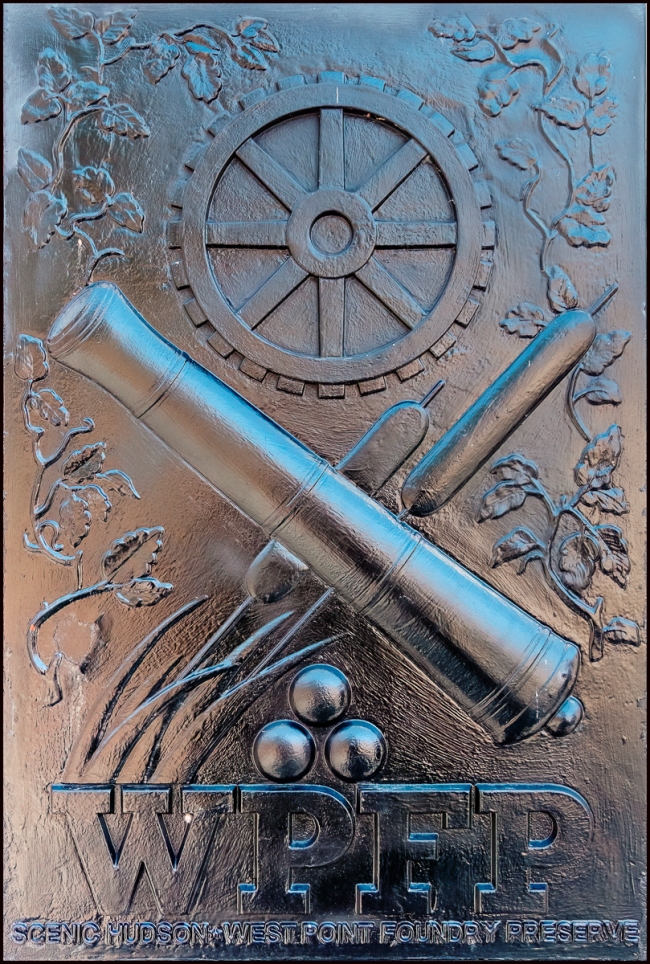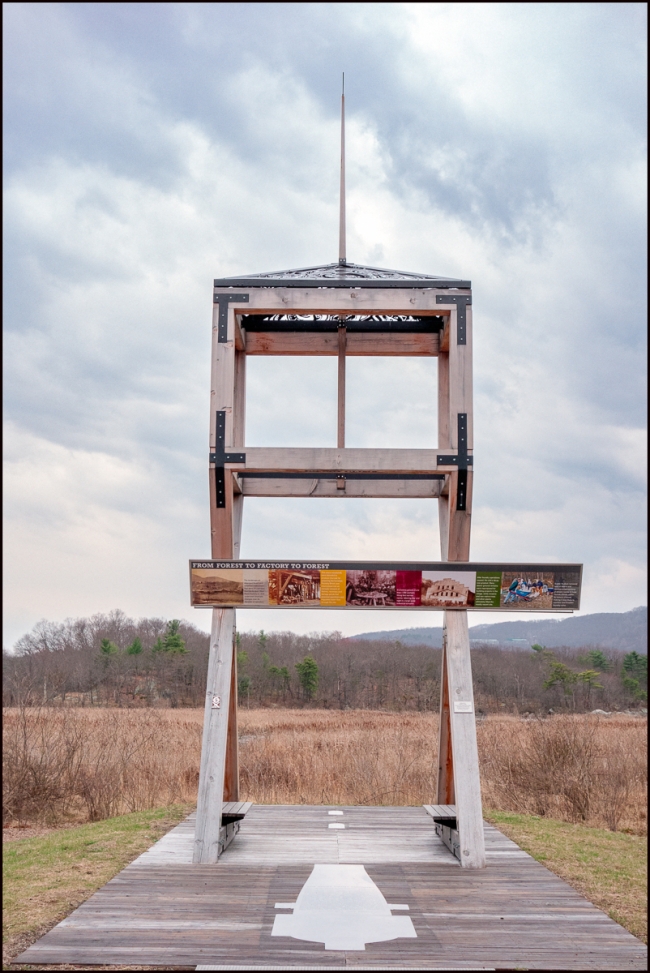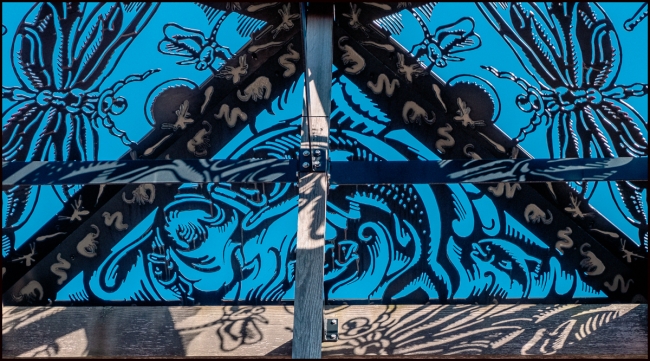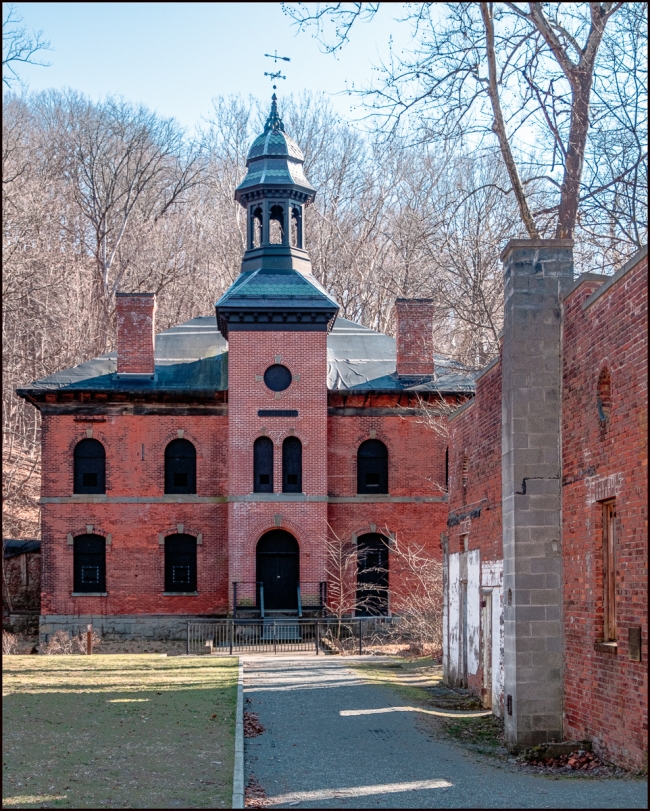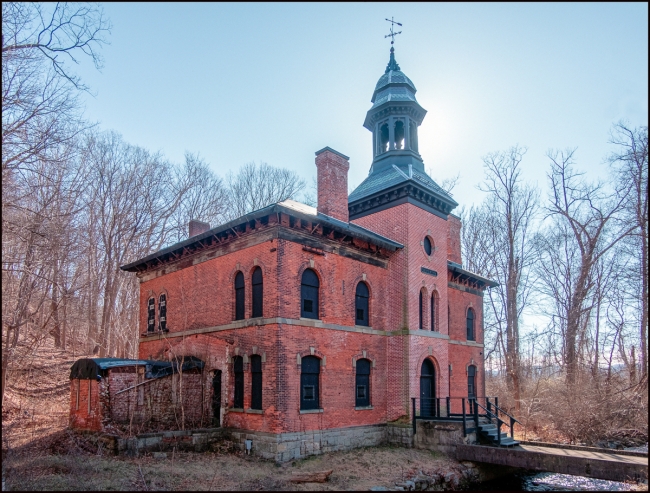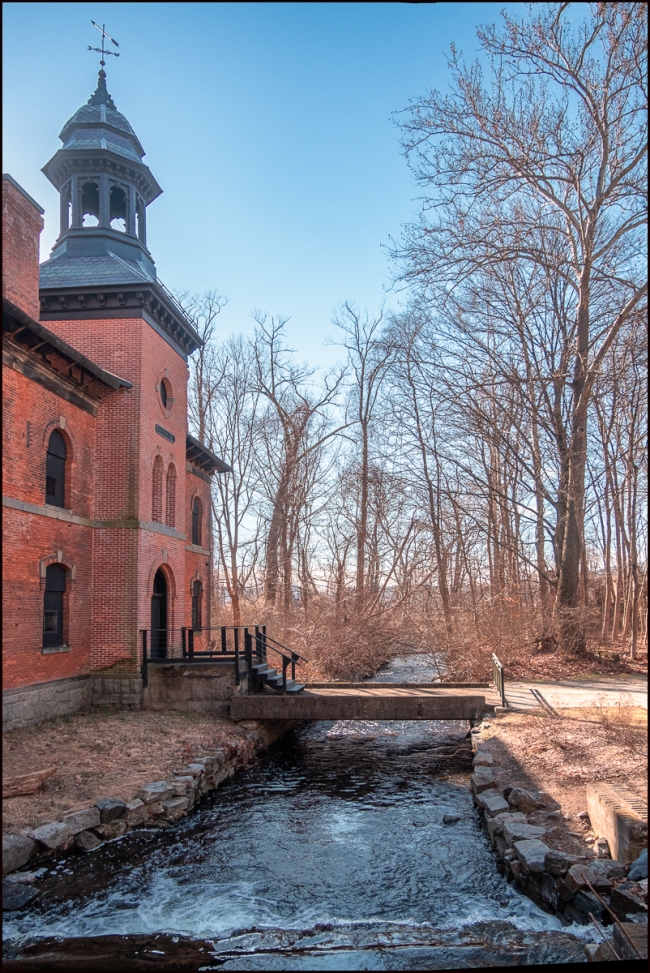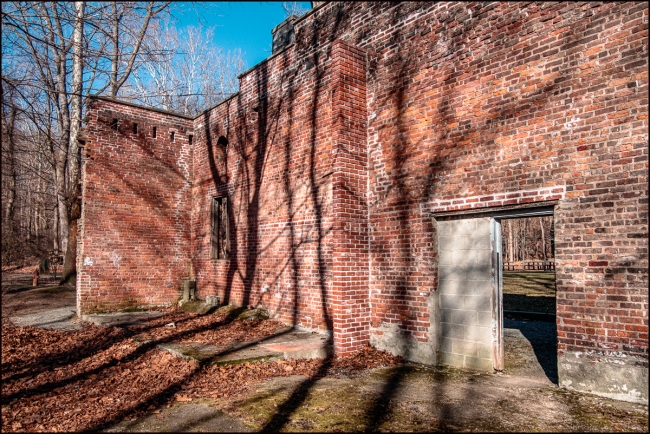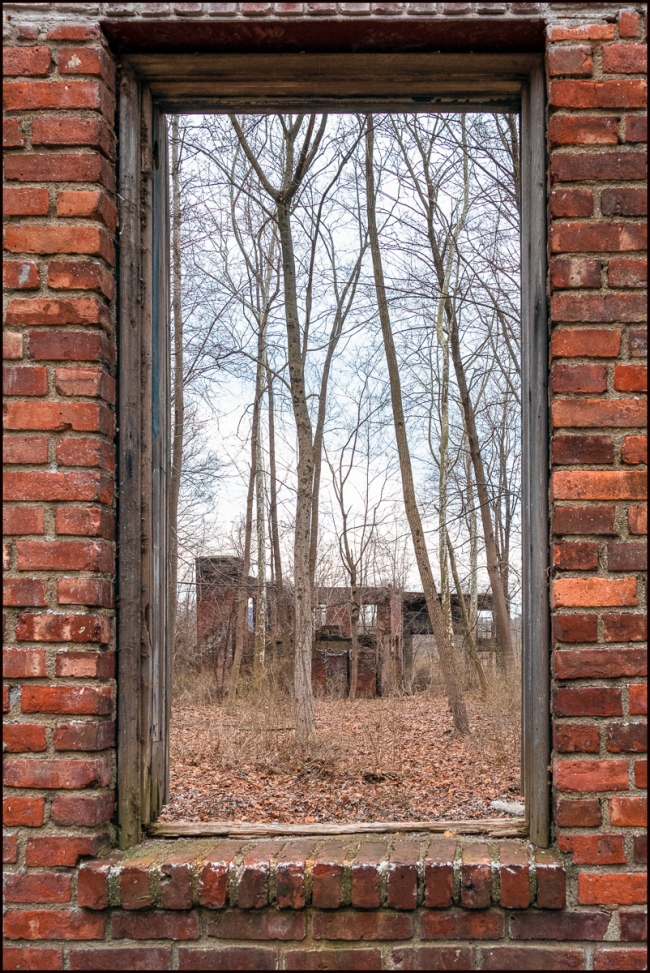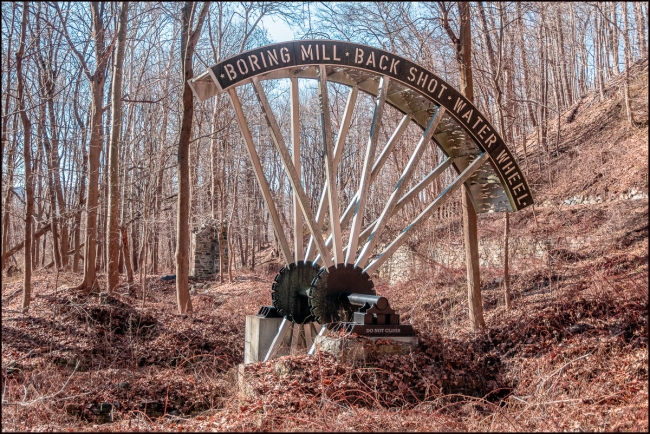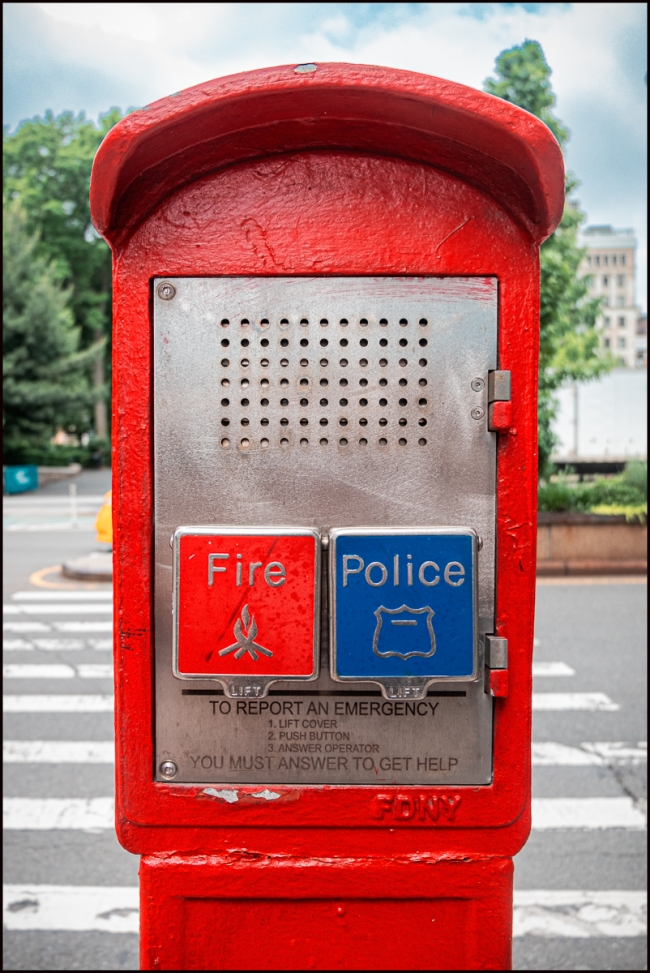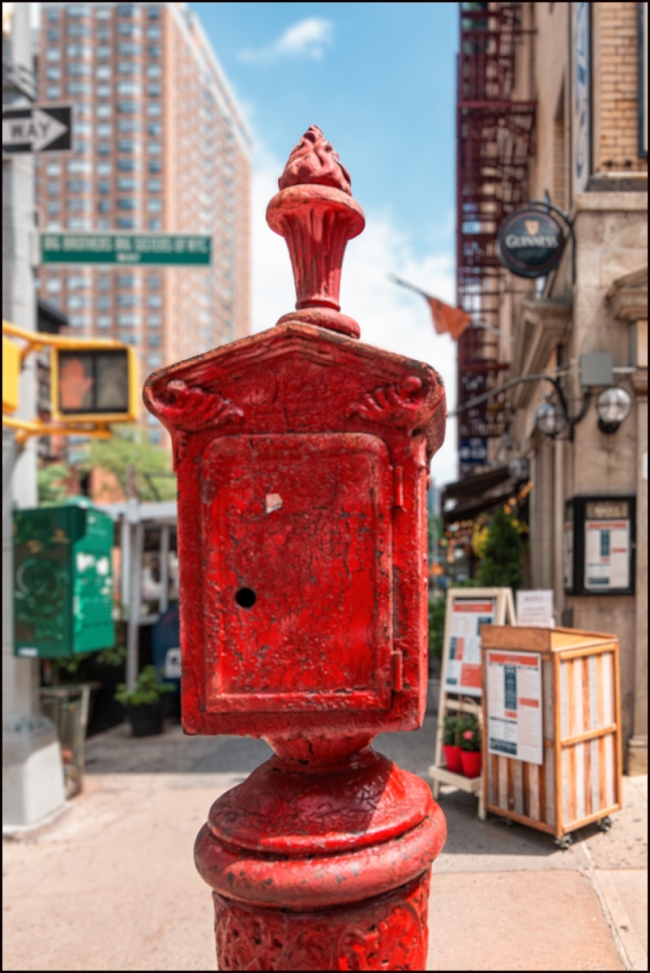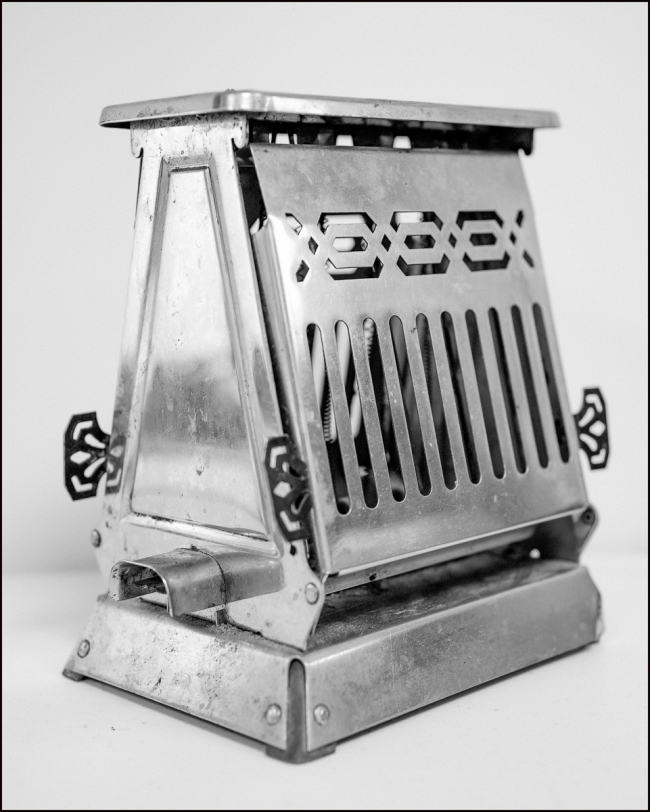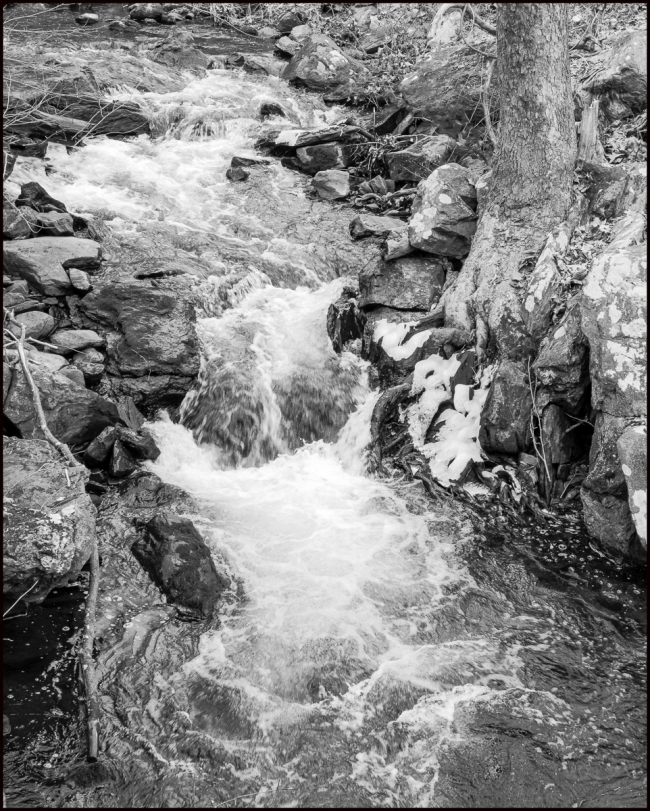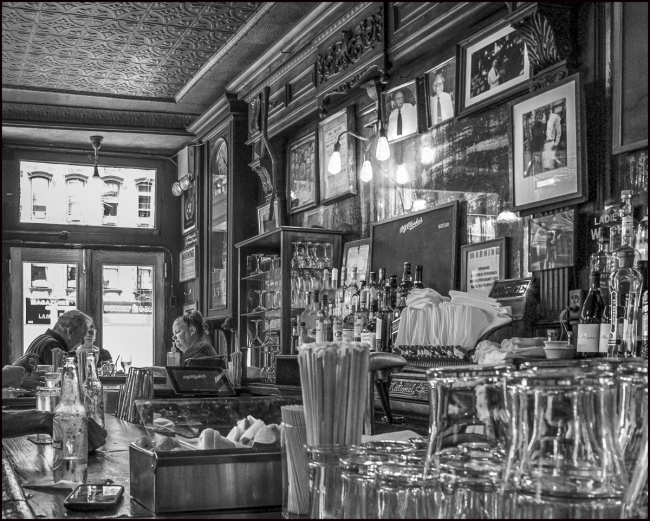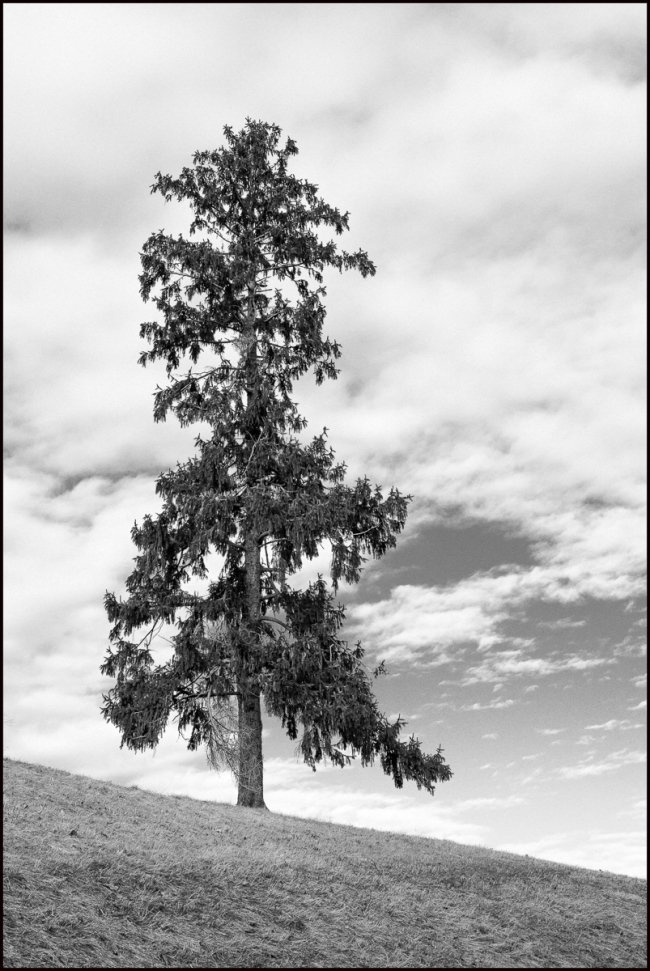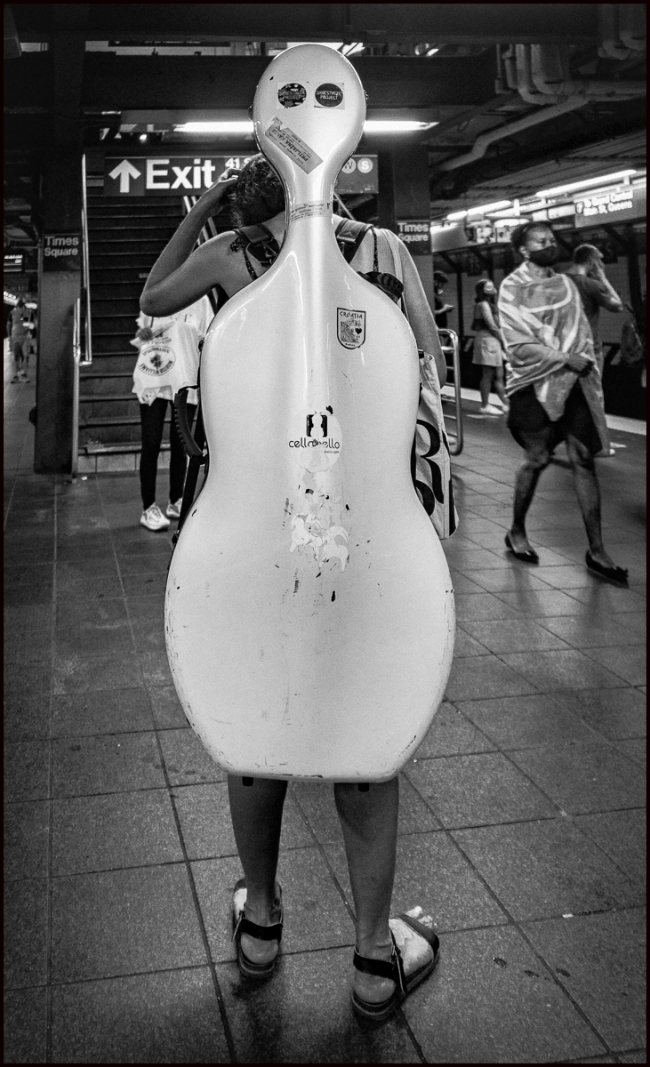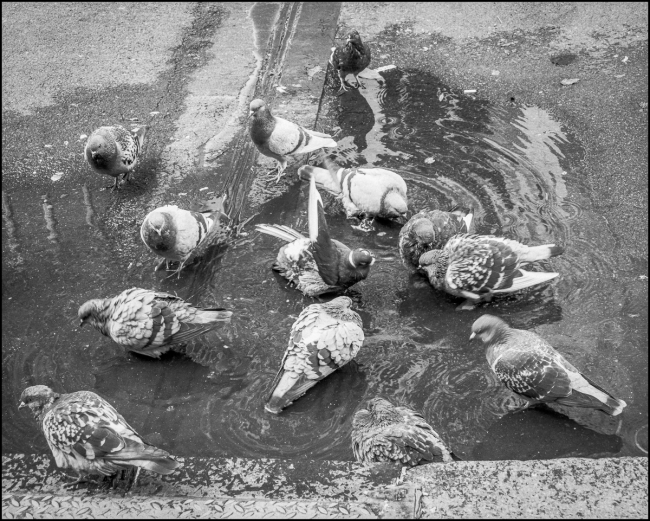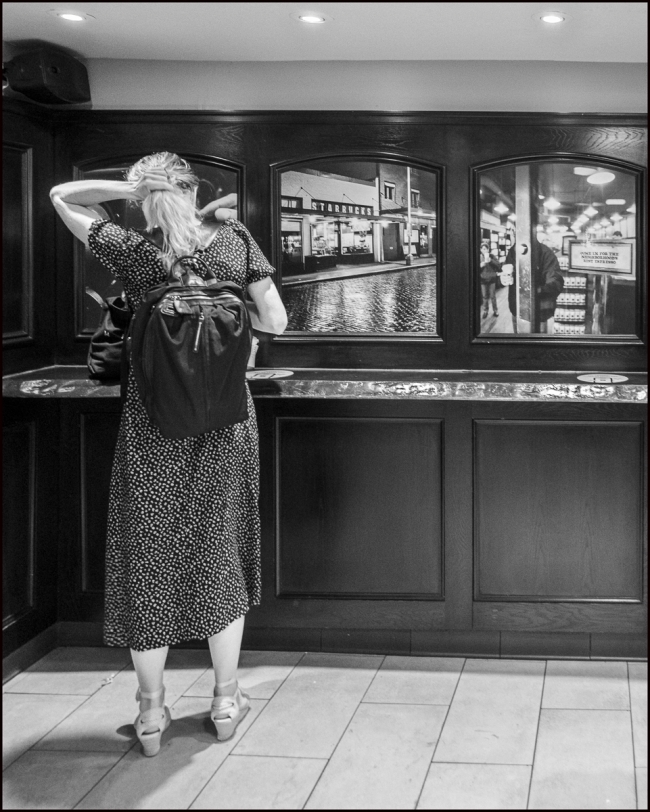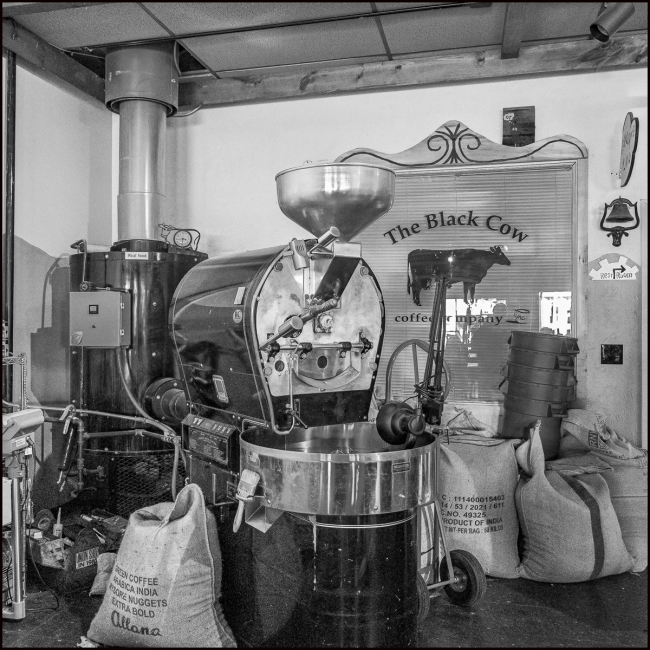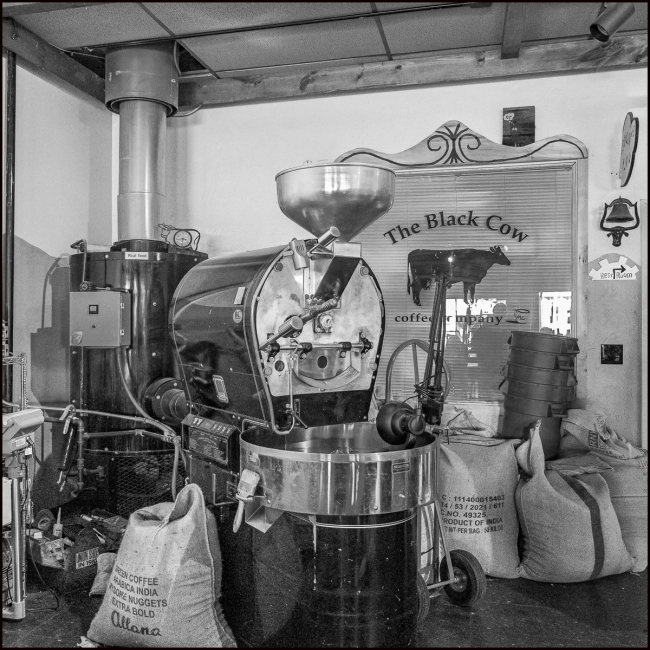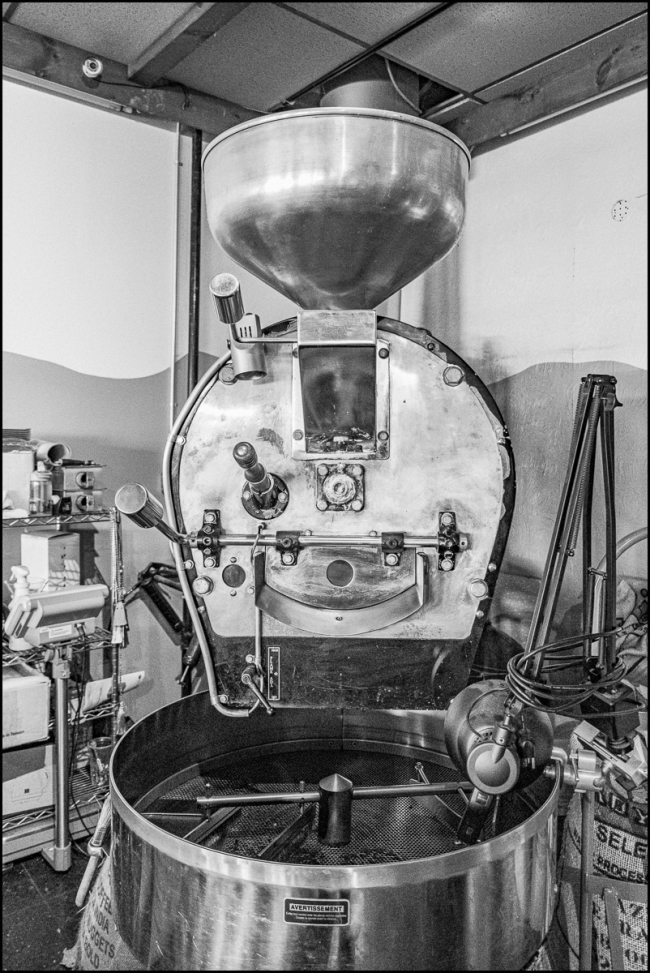According to the National Park Service:
Of the four historic ironworks selected by President James Madison to supply artillery to the U.S. military, only West Point Foundry remains. Operating from 1818-1911, the foundry gained renown during the Civil War by producing Parrott guns, cannons whose range and accuracy gave the North a distinct advantage (prompting a visit from President Abraham Lincoln in 1862). A technological marvel that helped spark America’s rise as an industrial superpower, West Point Foundry also manufactured some of the nation’s first locomotives, ironclad ships and pipes for New York City’s water system. Today, nonprofit Scenic Hudson is responsible for transforming the 97-acre site into an “outdoor museum.” Trails through the wooded preserve, located in a tranquil ravine, pass the significant ruins of foundry buildings. Interpretive features, including a full-scale representation of the boring mill’s 36-foot waterwheel, explore the foundry’s contributions to the Industrial Revolution, its role in the Civil War and the land’s astonishing ecological renewal.
I’ve been here a few times, but not recently. It’s easily reached by public transportation: there’s a trail that starts from the southern end of the north-bound platform of the Cold Spring Metro North station.
Walkway to the gun testing platform. I believe that at the time of my last visit the walls on the left were covered in vegetation and were barely visible.
The gun testing platform. From here they fired cannons across the marsh to make sure they were working.
Decoration on the top of the gun testing platform
This and the following picture are of Administration Building, the only intact building that remains. When I first came here the cupola was missing. It was on the ground being restored. It seems that they’ve done some more restoration: the brickwork seems to be in better shape.
This and the following picture show Foundry Brook
Ruins
More ruins
Reproduction of a portion of the water wheel, over which Foundry Brook flowed and which drove the Foundry machinery.
For more information see here and here.
Taken with a Fuji X-E3 and Fuji XC 16-50mm f3.5-5.6 OSS II

